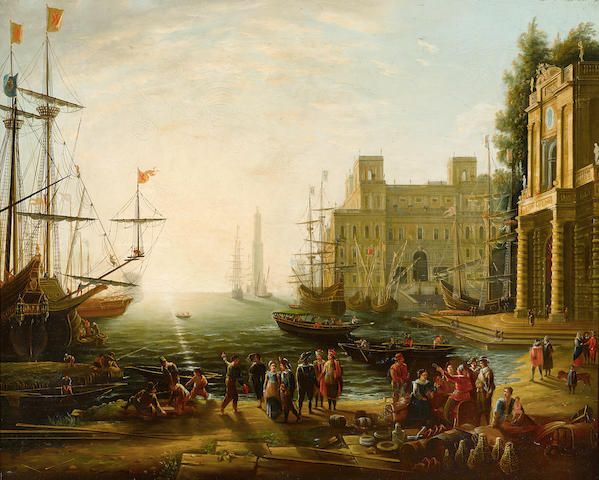"We use several formal representations of the consumption–investment trade-off in growth theory, found in the Harrod–Domar growth model, the Feldman–Mahalanobis model and Kalecki’s 1963 growth model" #econtwitter @paulkrugman @Noahpinion academic.oup.com/cje/advance-ar…
(2018) I would change some things now or say differently, but some basic ideas hold that are relevant to the OP. clintballinger.com/2018/11/08/the…
Also, this superbly details how development policy faces profound issues that transcend the framework in the "Weaknesses" article:
"The Long, Slow Death of Global Development"
americanaffairsjournal.org/2022/11/the-lo…
@davideoks @humford
"The Long, Slow Death of Global Development"
americanaffairsjournal.org/2022/11/the-lo…
@davideoks @humford
The “MMT & Developing Countries” Criticism
clintballinger.com/2021/01/16/the…
clintballinger.com/2021/01/16/the…
Warren Mosler's comments (Part 2) clintballinger.com/2021/01/16/the… 







• • •
Missing some Tweet in this thread? You can try to
force a refresh

 Read on Twitter
Read on Twitter
















